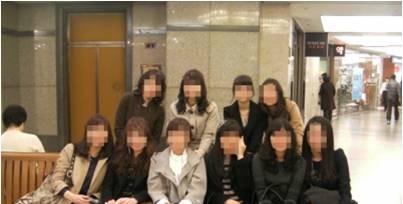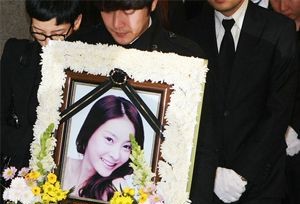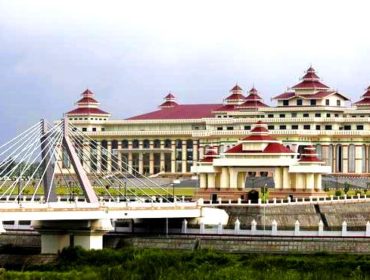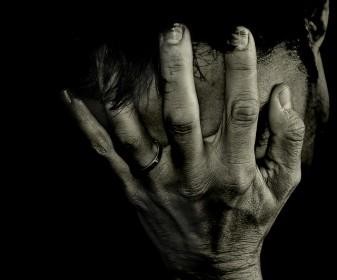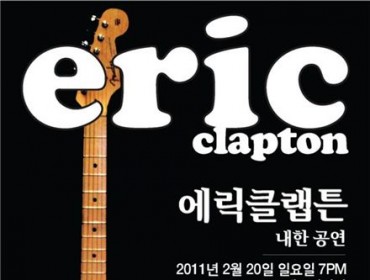By Joshua Richman
Editors: This is part one in a 3-part series that explores the life of a travel writer as he earns his keep exploring the southern city of Gwangju.
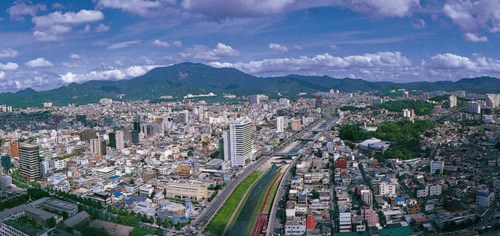 Most folks who fancy becoming travel writers don’t want to write. They want to travel. Jaded, I ride on a bus, notebook handy as emerald rice fields and angular mountains slide past. A dream has come true. I am living it. I am a travel writer. An in-flight magazine is paying me $750 to write up Kwangju, the fifth largest city in South Korea. After publishing stories on South Korea in newspapers and harassing the editor of the in-flight, finally, I get monthly assignments.
Most folks who fancy becoming travel writers don’t want to write. They want to travel. Jaded, I ride on a bus, notebook handy as emerald rice fields and angular mountains slide past. A dream has come true. I am living it. I am a travel writer. An in-flight magazine is paying me $750 to write up Kwangju, the fifth largest city in South Korea. After publishing stories on South Korea in newspapers and harassing the editor of the in-flight, finally, I get monthly assignments.
Most people associate South Korea with its crowded enormous capital city, Seoul. Images of industry, construction, traffic and urban sprawl come to mind, but just an hour south of one of the world’s largest cities, the cityscape trickles into orchards, greenhouses, small farms, unique Korean-style houses and rugged pine covered mountains. Further south, the mountains give way to rolling hills, long emerald fields of rice and white cranes that swoop over the deep green plots of land then descend gracefully. This is Jeolla Province, belly of the nation, a rice bowl abundant enough to feed the majority of Korea’s 48 million people. At the heart of this agricultural region is Gwangju, Korea’s fifth largest city, The City of Art.
Kwangju’s bus terminal is the filthiest I’ve seen in South Korea. Gray and black spots of gum, spittle, and grease cover the walkways and polka-dot the walls. Cigarette butts are scattered about. It’s shocking considering the cleanliness of the bus I just got off. An old hunch-backed woman is ignored as she uses giant tongs to pick up some garbage while mysteriously disregarding other trash. I had worked at a college in Kwangju and didn’t plan on going back. A visit with old colleagues and writing about a city that I was very familiar with made not taking the assignment seem as if I was burning bridges. If I want, a friend and his Korean wife will let me stay in their spare room so I can save on hotel fees, one of the biggest expenses and subtractions to take home pay for a freelance writer. I figure it will take two full days to hit the locations I’ve been assigned. Round trip bus fare from Seoul is around $50, then there’s food, drinks with friends, etc. All this excludes the hours I’ll spend actually writing about Kwangju as a place everyone wants to visit. When looked at from a wage point of view, most freelancers make just over the minimum.
At the tourism stand in the bus station, I ask the cute clerk how to find Sajik Park, but she doesn’t speak English. My Korean is passable, but I turned my back on her in protest. A coquette covering her mouth and giggling loses her flirtatious allure when you’re trying to find a specific location and get your job done. Not to mention that the purpose of a tourist stand is to help travelers. It was almost dark so I decided to spend the evening with my friends and get a fresh start in the morning.
None of my friends had ever heard of Sajik Park, but they had discovered a new pub. Unlike other Asian countries that learned to brew suds from Germans or other Europeans, the Koreans learned the craft from Americans. It is the worst beer in Asia, perhaps the world. There are two theories thrown around by the foreign community as to why. The first is that Korea has poor quality water. Personally I think the water is fine here once your guts get used to it. The second is that chemicals are added to their alcohol to speed up the fermentation process. Koreans do drink a lot, and don’t import much, so it makes sense that they could be doing something to speed up fermentation to meet domestic demand, but I have no proof to go on, just another splitting headache the next morning.
I took a bus to the downtown area and wandered into a pharmacy to ask for directions to Sajik Park. These are usually one of the best sources of information in Asia. Everyone in the medical industry learns from English texts and most are anxious to practice their dusty skills. This pharmacists smock needed ironing and she seemed content to read a newspaper as I hovered over the counter. I doubt a barrel-chested, goateed, blurry-eyed foreigner sweating out yesterday’s beer is a common sight to her. Regardless, today’s news were more important than my health at the moment. (Several children in Kwangju had already made me feel self-consciously welcome by shouting ‘hello’ from a distance and pointing at me, usually at the urging of their mother or grandmother. There’s a strange cordiality in the smaller cities and back country of Korea where screaming ‘hello’ and pointing is supposed to be a kind of “politeness.” At least that is what some Koreans have told me.) This pharmacist must have missed all lessons on “politeness.” She continued to read the newspaper and even turned a page as I stood three feet away from her. I cleared my throat a few times and thought about lighting up a cigarette to get her attention. I leaned forward and said “excuse me” in Korean, following that up with my most winsome smile. I then asked her how to get to Sajik park. She looked up briefly, shrugged her shoulders and then went back to the newspaper. I said ‘thank you’ in Korean, knowing she wouldn’t understand the sarcasm, if she even heard it.
I needed to get notes for several destinations on the first full day of writing and was already behind schedule so I stopped some young men and asked for directions to Sajik park. This is something I’d rarely do in Kwangu because of what happened in the spring of 1980. Student activists and pro-democracy leaders were ordered to stop peaceful protests against Chun Doo-hwan, the leader of a recent military coup. After the taxi driver’s union joined the protest, the movement grew to around 10,000 and the Korean government answered by sending in special forces from the rival province north of Kwangju. Sickening soldier versus citizen violence ensued and became heady enough to earn the moniker “massacre.” (A morbid visitor can visit the shrine and museum dedicated to these events and see all sorts of gory color photos.) Estimates are that between 200 and 2,000 Koreans were killed by other Koreans. Logical or not, many people in Kwangju and Chollanamdo province have never forgiven the United States for not stopping the massacre. Every year on the anniversary of the Kwangju Massacre college kids march around town carrying flags, chanting, and wearing headbands. It’s an organized event on par with a civil war reenactment that includes riot police and a lobbed tear gas canister or two. Sometimes a few drunks or aggressive types are carted off to the pokey, but that’s about it. It’s depressing that the citizens wallow in negativity rather than honoring their own bravery and that the world hasn’t recognized the sacrifice those brave Koreans made for democracy in the spring of 1980. I’m worried because the mock events will begin any day now and the young men I’m asking for directions are probably university students. Surprisingly, they smile and walk me to a street corner. All three hail a cab. When it pulls over, one man opens the door for me and his 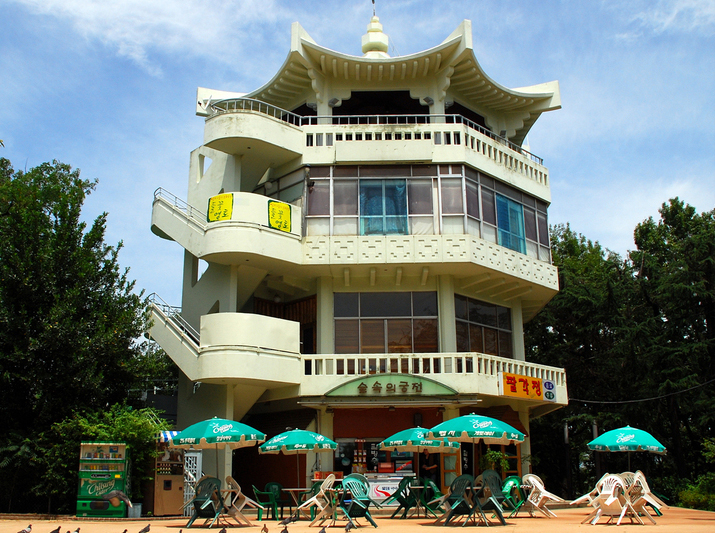 buddy nudges me inside while the third barks directions at the driver. They all bow as I ride off to finally write up my first destination of the story.
buddy nudges me inside while the third barks directions at the driver. They all bow as I ride off to finally write up my first destination of the story.
Sajik Park is a small wooded hill in the middle of town. The only thing of real interest is a three-tiered, pagoda style restaurant, but that is under renovation and closed. Luckily they did have some sleeping students, a weight area, neat walkways, and a few badminton courts.
Gwangju embraces a delicate balance between thriving metropolis and bucolic lifestyle. On a knoll near the very center of Gwangju, Sajik Park occupies valuable real estate, but city planners and citizens do not complain. Because of the umbrage, crackle of cicada, and cooing of doves, the noise of the city is drowned out leaving a serene area full of benches, greenery, and relaxing patrons. An amateur photographer takes close-ups of a butterfly. Father and daughter stop at a tapped spring to enjoy a drink of cold mountain water. A high school student, tired from study, slowly sits up after a long midday nap. A man takes off his shoes and walks nimbly along a stone pathway designed to massage the feet. Many of the thoroughfares intersecting the park are covered with thick moss giving the effect of walking on carpet. Tennis courts and exercise equipment have been set up at the bottom of the hilly park, but the grunts and strains of these athletes still cannot be heard from within the park due to the landscaper’s clever design.
The next sight I’m supposed to write up is Jeungsimsa temple. I know it’s near the base of Mudeung mountain and will be a nightmare. Korean temples don’t have the intricacy of Southeast Asian ones, the mind boggling vastness of Chinese ruins, or the simple, perfectionist beauty of the Japanese. As soon as I begin walking up the mountain on well groomed paths and concrete walkways, I take notes on everything—past experience tells me that the most truth I’ll get out of this temple is a few lines.
A pack of older ladies with identical short puffy perms walk towards me. They are a sturdy, stout pack that whoop and prattle loudly, like a group of jackals. They’re so androgynous that their sex would perplex if it weren’t for the floral designs on their baggy pants–a rite of passage into South Korean older womanhood. As I walk past, one shouts “Hello” directly into my ear and another follows that up with “Hi.” All of them cackle before I can respond. I don’t get the joke and they continue on their way. At least the mountains are nice.
“It takes a full stomach to appreciate even the best of scenery” as the Korean proverb goes. The busy restaurants at the base of Mudeung Mountain illustrate this saying’s modern interpretation. Many of these small open-air eateries overhang streams and offer tranquil views. What could be more delightful than the sound of rushing water, a cool breeze, table full of spicy Korean food and a cold drink after a long afternoon hike? This picturesque, pyramid-shaped mountain situated on the outskirts of Gwangju, is 3,894 feet high. It is a natural playground full of bamboo and blooming flowers in spring, shady willows in summer, hot-colored foliage in autumn and snowy peaks in winter. It is not surprising that so much of the Korean art displayed in The City of Art has been inspired here.
 Koreans take even the shortest jaunt through the forest with grave sincerity. Don’t be surprised to see hikers outfitted like an L.L. Bean catalogue; hiking boots, knit alpine leg warmers, vests, and aluminum walking canes. These are all part of the complete Korean woodsmen. All the gear should not intimidate you though. The well-marked trails are occasionally steep and sometimes tough, yet never treacherous. Time at Mudeung can also be spent fishing at one of the four reservoirs surrounding the mountain, then taking a chair lift up the mountain to watch the sun set over Gwangju and the fertile Honam plain. But don’t miss Mudeung watermelon. This giant of the melon family is endemic to the slopes of Mudeung Mountain. It can weigh up to 60 pounds, has white seeds and the sweetness of a lollipop.
Koreans take even the shortest jaunt through the forest with grave sincerity. Don’t be surprised to see hikers outfitted like an L.L. Bean catalogue; hiking boots, knit alpine leg warmers, vests, and aluminum walking canes. These are all part of the complete Korean woodsmen. All the gear should not intimidate you though. The well-marked trails are occasionally steep and sometimes tough, yet never treacherous. Time at Mudeung can also be spent fishing at one of the four reservoirs surrounding the mountain, then taking a chair lift up the mountain to watch the sun set over Gwangju and the fertile Honam plain. But don’t miss Mudeung watermelon. This giant of the melon family is endemic to the slopes of Mudeung Mountain. It can weigh up to 60 pounds, has white seeds and the sweetness of a lollipop.
I’ve never eaten Mudeung watermelon. People do tell me that it is very sweet. Korean patriotism, coupled with an understandable need to distinguish themselves from their mighty neighbors, means that things unique, especially uniquely Korean, fetch insane prices. A premium quality Mudeung watermelon costs around 75 dollars–ten percent of what I’m to be paid for the story.
There are several temples and historical artifacts at Mudeung Mountain, the most famous being Jeungsimsa Temple. Here crumbling stone stairs and walls plus overhanging old growth hardwoods give visitors the feeling they are stepping back in time. Exterior temple structures are painted deep green and red. Inside, each crossbeam has a different theme; some are painted with stars, some birds, others with lotuses–the Buddhist symbol of purity. Interior walls have been decorated with murals of rural life and enlightened monks. The ceilings are illustrated in a beautifully chaotic mix of color as if someone put a rainbow in a blender.
The notes on the walk up to the temple paid off; as expected, Jeungsimsa is a mess. I caught it in the middle of a refurbishment. Wheel barrows, two by fours, pails of paint, and dry concrete bags litter the grounds so I do the best I can, meaning I write about things other than the temple. I wanted to mention the enormous and ancient iron bell that had faded dragon and tiger designs engraved on it, but its dignity was under construction as well and supported by sagging planks of pine.
Once I had walked back down to the base of the mountain, I had no trouble getting a taxi, but the ride was longer and more expensive than I’d expected. It was well past noon, but the following two locations were beside to each other. I hoped to get notes on them and go to my final sight by the end of the day.
To be Continued…
 Print This Post
Print This Post



